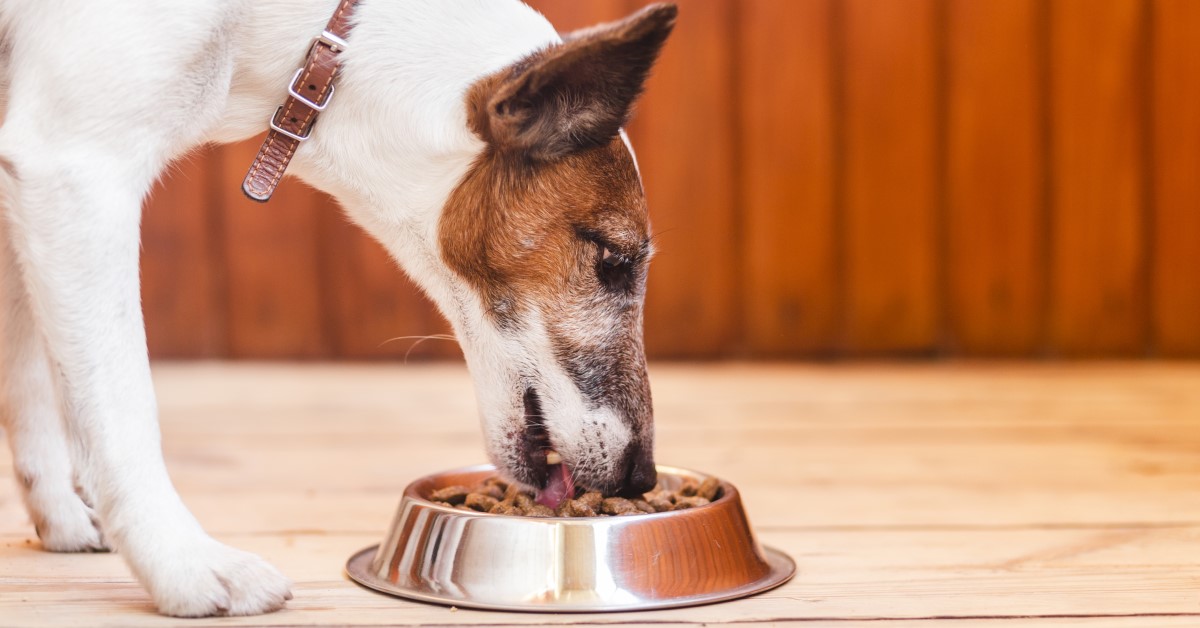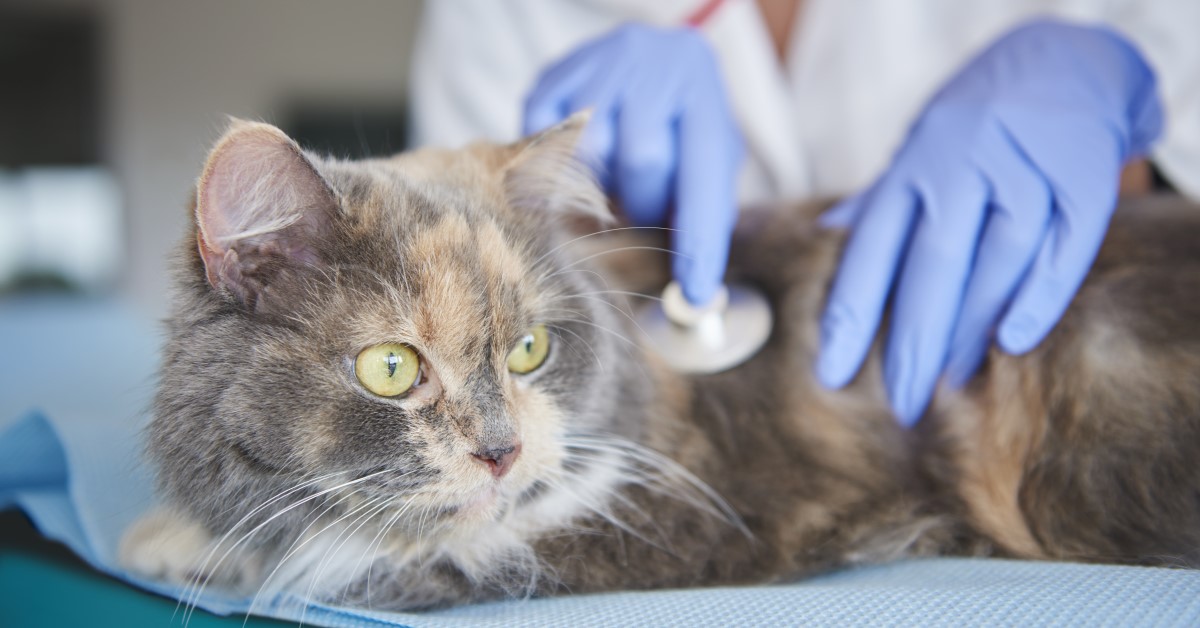How to Transition Your Pet to a New Food
Learn how to slowly transition your pet to a new food to allow their system time to adapt to the change.

Most humans can enter their kitchen and enjoy any food they’d like without consequence. Pets do not have this convenience. For cats and dogs, switching to a new food should be a gradual process over 7 to 10 days. This gives your pet the best chance of achieving a successful diet change that does not impact their health or comfort. Learn how to transition your pet to a new food the right way.
Why Transition Your Pet to a New Food?
Knowing when it’s the right time to switch your cat or dog to a new food is not always easy. You may think that you shouldn’t make the transition if your pet isn’t sick, but this isn’t necessarily true. There are several scenarios in which a pet owner should consider purchasing a different type of food, including the following:
- You’re Pet Has Reached Adulthood – Puppies and kittens have different nutritional needs than older pets. For example, puppies generally require more protein and fat than adult dogs. Many puppy foods also contain a higher amount of omega-3 fatty acids, which have been shown to promote healthy eye and brain development in young animals. These extra nutrients are usually not needed once your pet has reached adulthood.
- Your Pet Has Been Spayed or Neutered – Many pets put on weight after being spayed or neutered. A loss of estrogens and androgens can decrease metabolic rate, leading to lower energy needs. Intact males and females typically need more calories to maintain weight, while spayed and neutered pets require less. A change in diet can help your pet maintain a healthy weight.
- Your pet Is a Senior – When your pet reaches a certain age, its dietary needs begin to change. Senior dogs typically use less energy than their younger counterparts and therefore require fewer calories. It’s essential to reassess your pet’s food as they grow older, especially if they start to put on too much weight.
- Your pet Has a Food Allergy – Food allergies in pets are fairly rare, but they do happen. Pets with food allergies may exhibit a variety of symptoms, such as itching and chronic skin infections. They may also suffer from vomiting or diarrhea. If you expect your pet is allergic to any ingredient in his food, consider switching to a new type or brand.
- Your Pet Has Been Diagnosed with a Disease. If your pet was recently diagnosed with a medical condition like kidney disease or diabetes, your vet has likely expressed the importance of a proper diet. Speak with your vet about what food is appropriate to keep your pet healthy.
Tips for Transitioning Your Pet to a New Food
Switching your pet’s food is not as easy as taking away the old food and pouring a scoop of a new formula. That is, if you don’t want to face the possible consequences of a rapid switch. Many pets cannot tolerate an abrupt switch to a new diet, and forcing a fast transition can lead to stomach upset, gas, nausea, diarrhea, and vomiting. Some pets will refuse to eat the new food.
The best chance of a successful diet switch depends on a slow and gradual transition to the new food over several days. The old food should be mixed with the new food in increasing amounts each day until the switch has been completed. Here is an example of how this transition could take place:
- Days 1 and 2 – Mix 75% of the old pet food with 25% of the new pet food.
- Days 3 and 4 – Mix 50% of the old pet food with 50% of the new pet food.
- Days 5 and 6 – Mix 25% of the old pet food with 75% of the new pet food.
- Day 7 – Give your pet 100% of the new pet food.
If your pet has a sensitive stomach or doesn’t do well with change, you may want to slow down this transition even more. This allows ample time for your pet’s digestive system to adapt to the new food. However, most pets can tolerate a change to a new food that occurs over one week.
It may be helpful to add a digestive aid to your pet’s diet to help streamline the transition to the new food. Digestive enzymes can be an excellent supplement for some dogs that experience digestive issues. Digestive enzymes facilitate the breakdown of foods into digestible nutrients that make it easier for the digestive system to process new foods.
Probiotics can also help your pet during the period of transition. Probiotics have been found to boost gut health and maintain a healthy balance of good bacteria in the body. These supplements are available as a food additive or a soft chew. If you’re not comfortable giving your pet a digestive supplement, consider a small amount of pumpkin. Pumpkin helps slow the digestive process and soothe the digestive tract lining to prevent stomach upset.
It’s essential to keep an eye on your pet during the transition to a new food. Ensure that your pet continues to eat and drink normally and that his feces remain normal. Runny stools can sometimes lead to other health concerns, such as dehydration. If your pet is experiencing a lot of gas, it could indicate that he is not digesting the new food well. Remember that slowing down the process of introducing new foods can help eliminate many of these problems.
Ready to start saving money on pet wellness care?
Then take a look at Mint Wellness, the pet wellness plan that provides fast reimbursement on routine pet care. Save on vaccinations, wellness exams, preventatives, dental, and more!
Learn More


